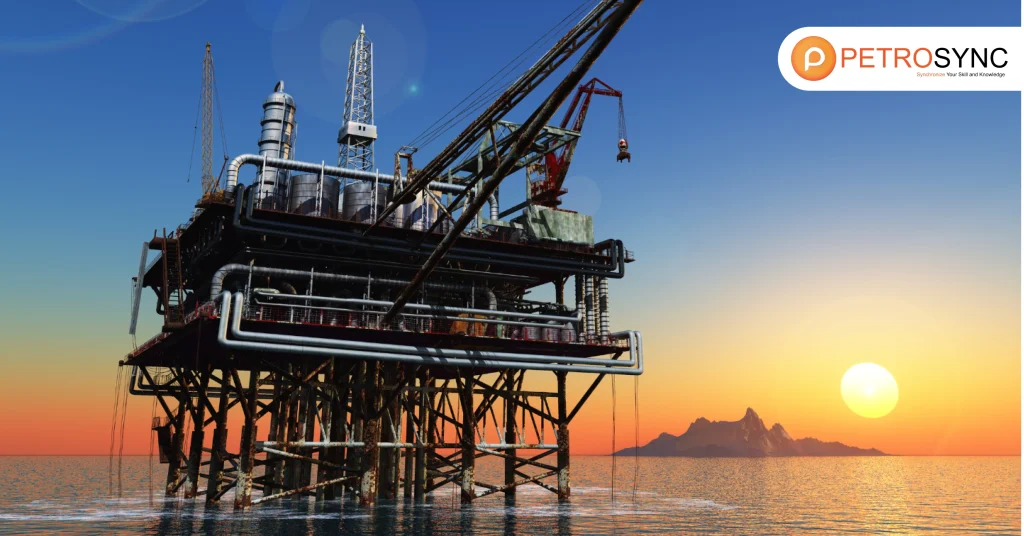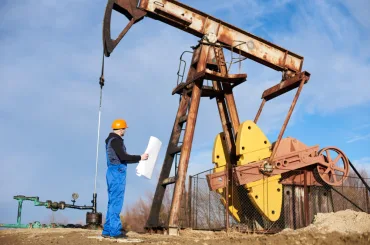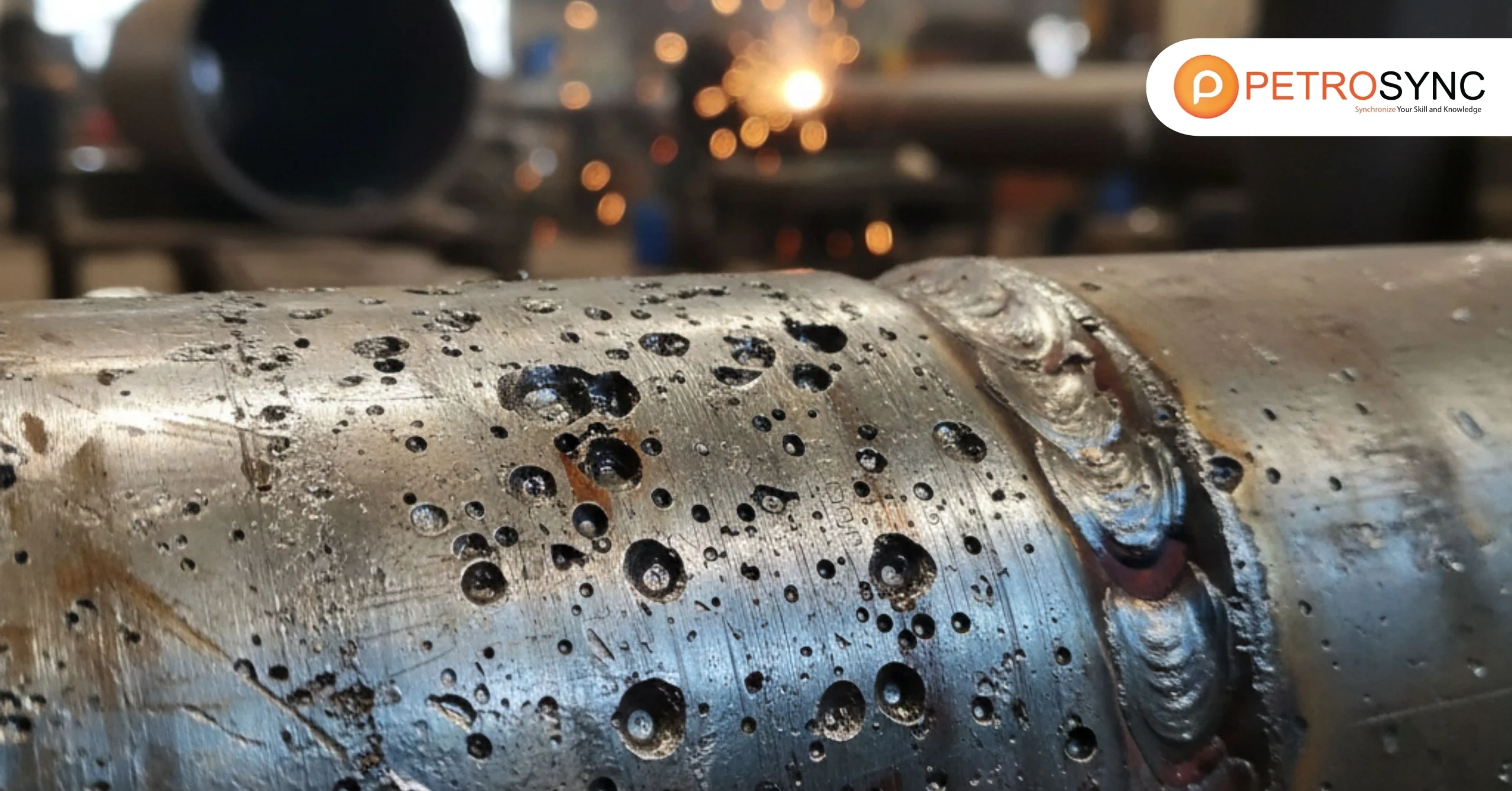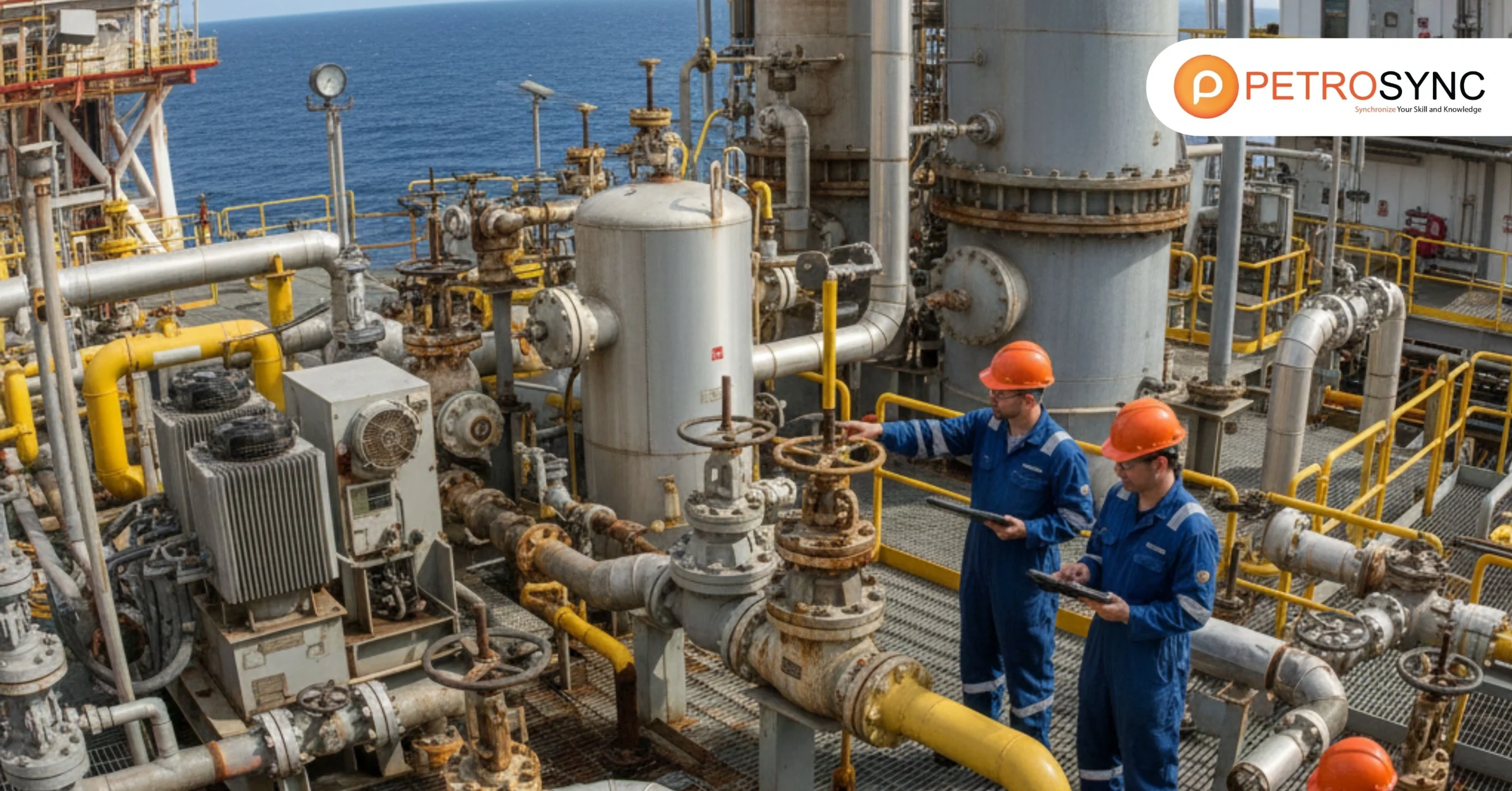Petroleum is everywhere—though you may also no longer commonly see it. From the fuel in your car and the asphalt on the avenue to the plastic packaging of your morning coffee, petroleum quietly powers a superb deal of modern-day life.
For professionals in the oil and gasoline industry, grasping petroleum is now not clearly about appreciating what it is—it’s about grasping its feature in shaping economies, influencing global electrical energy policies, and the usage of innovation all through sectors.
If you’re a senior engineer, operational manager, or executive decision-maker, this knowledge is more than technical—it’s strategic. In this article, we will discover petroleum from its simple definition to its wide-ranging effect on and sooner or later how gaining deeper information can toughen your management in the industry.
What is Petroleum?

Petroleum is a naturally taking vicinity liquid located below the Earth’s surface, customary over lots and hundreds of years from the status of marine organisms. Buried underneath layers of sediment, these herbal components have been subjected to sizable heat and pressure, redesigning them into the hydrocarbon-rich liquid we extract today.
Unlike coal, which is stable and in general carbon, petroleum is a combination of hydrocarbons in liquid form. This composition offers petroleum excessive electricity density, making it exceedingly environment friendly as a fuel. When refined, it turns into the spine of endless merchandise and tactics that help current economies and day by day human activities.
Petroleum exploration and extraction have advanced rapidly with technology—from traditional vertical wells to sophisticated horizontal drilling and offshore deepwater platforms. For leaders in energy, staying up to date on these technological evolutions is indispensable for operational effectiveness and long-term strategic planning.
What Petroleum Products?
Petroleum’s real value will turn out to be evident after refining. Through distillation and chemical processing, crude oil can be separated into a tremendous difference of merchandise that serve every patron and industrial needs.
Here are some of the most common petroleum products:
- Transportation Fuels: Gasoline, diesel, jet fuel, and marine fuels are the most seen outputs, powering vehicles, ships, and planes globally.
- Industrial Fuels & Lubricants: Petro-derived oils and greases hold engines running, equipment operating, and manufacturing strains moving.
- Petrochemical: These are used to manufacture plastics, artificial rubber, detergents, solvents, paints, adhesives, and even pharmaceutical ingredients.
- Asphalt: Extracted from the heavier fractions of crude oil, asphalt is indispensable for constructing roads and roofing materials.
- Household and Consumer Goods: Paraffin wax in candles, artificial fabric in clothing, and even sure cosmetics hint their origins to petroleum.
This incredible versatility means petroleum touches nearly every industry. From agriculture and manufacturing to healthcare and transportation, the furnish and steadiness of petroleum-based merchandise at once have an effect on international productivity.
For executives, appreciation of the cost chain of these merchandise gives an facet in enterprise planning, price control, and innovation strategy.
Where Are There Rich Reserves of Petroleum?
Petroleum doesn’t occur evenly around the world. The richest reserves lie in regions where ancient seas once covered the land and natural materials settled beneath layers of sediment for millions of years.
Among the countries with the largest proven reserves are:
- Middle Eastern Nations like Saudi Arabia, Iran, and Iraq
- South American Countries such as Venezuela
- North America, particularly Canada’s oil sands and the United States’ shale plays
- Russia, with massive reserves in Siberia
- Africa, with Nigeria and Libya leading the continent
Understanding the geography of oil reserves is essential for energy leaders. It informs the whole thing from procurement method to geopolitical threat analysis. Market volatility, for example, is regularly pushed through manufacturing cuts or will increase from these key regions. For senior professionals in procurement or logistics, knowing petroleum’s origin and global movement is incredibly valuable.
Boost Your Oil & Gas Career—Join PetroSync Training
As a senior oil and gas expert, you know how fast regulations, technologies, and sustainability demands evolve. Staying applicable isn’t optional. It’s essential.
That’s where PetroSync makes the difference. We create training for professionals seeking practical skills to lead teams, boost operations, and achieve measurable results.
By joining PetroSync training, you’ll gain:
- Advanced insights into API, ASME, and ISO practices used globally
- Hands-on knowledge from industry-experienced instructors with real project expertise
- Tools to boost operational reliability, reduce downtime, and improve safety performance
- Strategic thinking frameworks that align with leadership and management roles
Participants consistently report extended performance, lowered mission risks, and multiplied team coordination after attending our programs. In an unexpectedly changing electricity landscape, continuous professional development holds undeniable value. Ready to elevate your career and team performance? PetroSync guides you every step of the way.

Results-oriented and thorough SEO specialist with extensive experience in conducting keyword research, developing and implementing digital website promotion strategies and plans, managing campaigns to develop company websites in the digital world, excellent knowledge of marketing techniques and principles, and attentive strong attention to detail.







